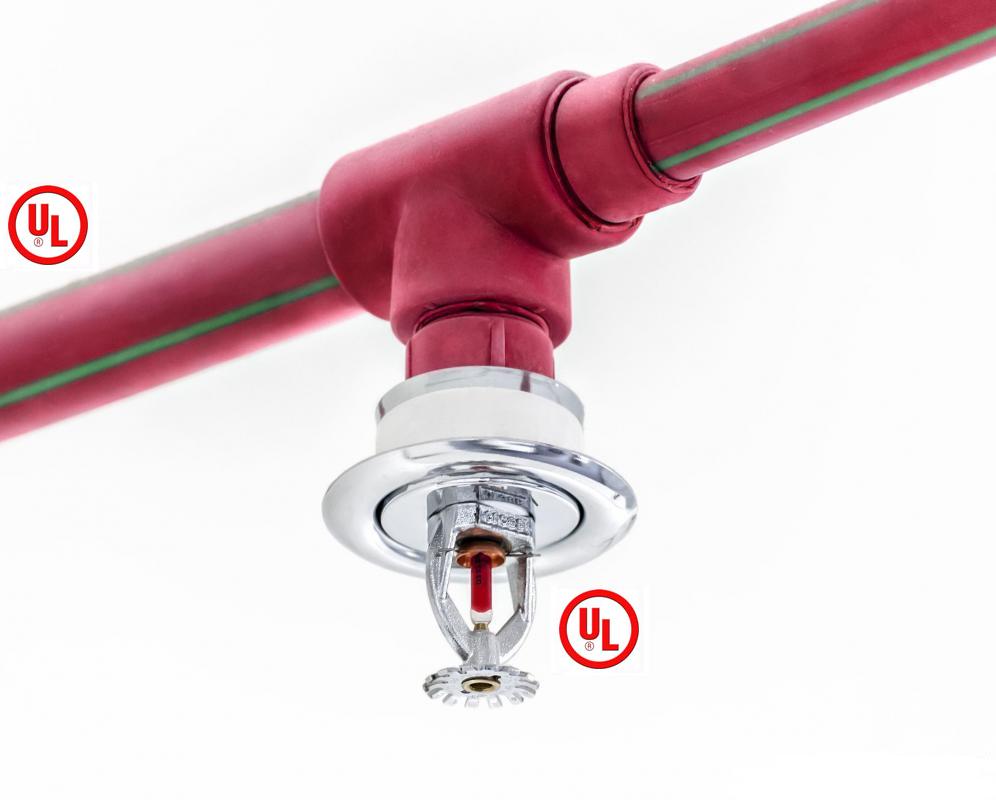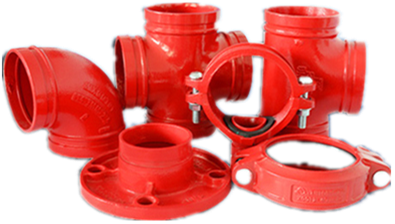What Is a Fire Suppression System?
The purpose of a fire suppression system is to either put out a fire or stop it from propagating. These systems are often used together with fire alarms and smoke or heat detectors to safeguard people and physical structures. The three main fire suppression system categories use water, inert gases, or various chemical agents to suppress a fire. These systems can also be automatic or manual, depending on whether they require outside intervention to activate. Some suppression systems can be hazardous to anyone in the general vicinity, including the danger of asphyxiation associated with pumping inert gases into an area to starve a fire of oxygen.
Water tends to be one of the most commonly used types of fire suppression, and is typically utilized in a sprinkler system. This type of fire suppression system can be either wet or dry. A wet sprinkler system is constantly charged, meaning there is always water in the pipes. This type of fire suppression system can be automatic, and it will activate if the system senses smoke or an excessively high temperature. Dry sprinklers are manual systems that can only be activated after a water source is connected to a stand pipe.

Another method of fire suppression involves filling an area with inert gas. Since fires require oxygen to burn, this can have a smothering effect. These systems are commonly used in sensitive areas where water could potentially damage items such as computer equipment or documents. Computer server rooms are one area where inert gas, such as argon, is often used to suppress fires.
Inert gas can suppress a fire without damaging electronics or other equipment, but it can also pose other health and safety hazards. In some cases, an inert gas fire suppression system can lead to asphyxiation. Most of these systems come equipped with alarms to warn personnel to leave the area before the gas is released. Another potential issue with these systems is pressure, since the sudden introduction of a previously compressed gas into a small space can potentially blow out windows or walls.
Both wet and dry chemicals can also be used in fire suppression systems. These systems are typically automatic, though they can also have manual controls to activate the release of fire suppressing chemicals. Some materials can react poorly to the presence of water or inert gases, in which case a dry or wet chemical fire suppression system is often the safest option. Since these chemicals may be hazardous to human health, a delay is often built in to allow anyone in the area to escape.

